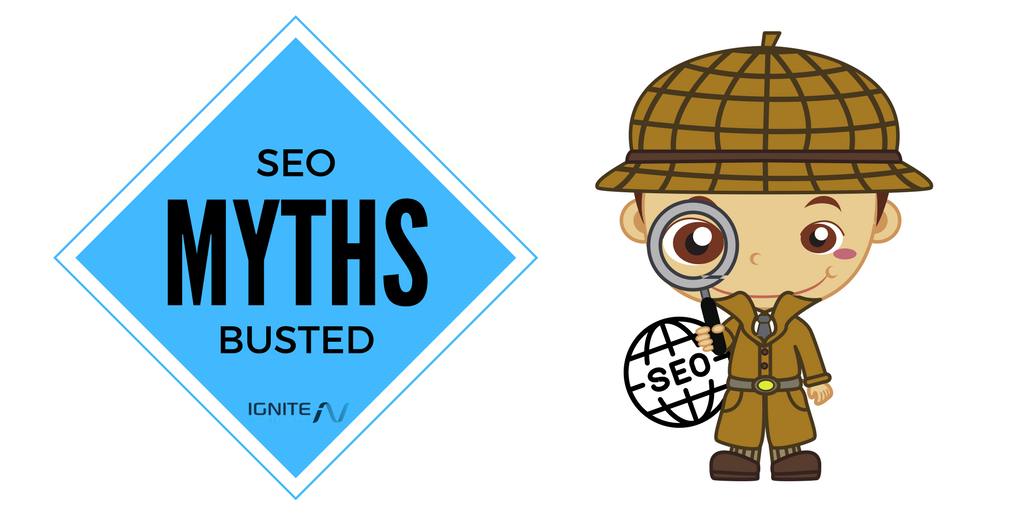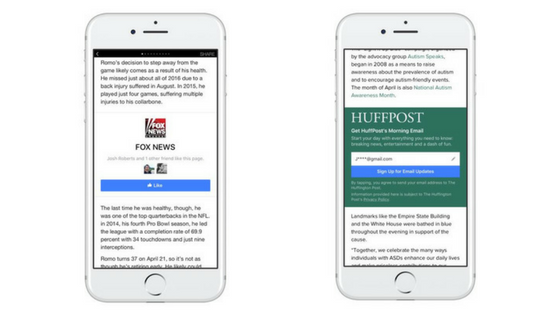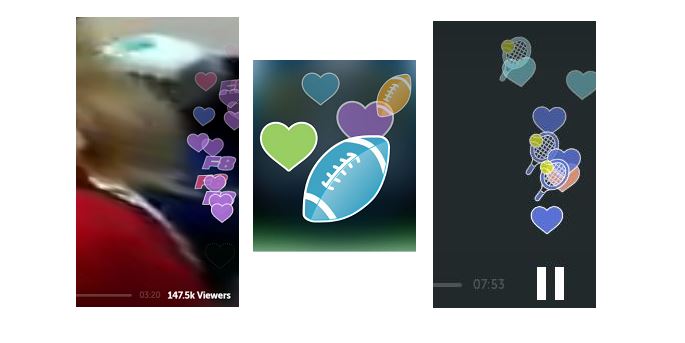
Old SEO Myths Busted
This week: Twitter launches a creative new branding feature, Facebook helps out publishers who use Instant Articles, and there’s a new way to submit URLs to Google.
Here’s what happened this week in Digital Marketing.
Facebook Adds Email Sign-Up and Page Like Buttons to Instant Articles
Facebook’s Instant Articles are a great way for publishers to promote their brand. That’s because they load within the Facebook framework so users can access them much quicker than if they clicked on a link to an external source.
Of course, that’s a Catch-22. Although people can access the content, they’re doing so without visiting the website.
As a rule of thumb, publishers typically want people to visit their website.
Now, Facebook is doing something to help out publishers who want to build their own audience with the aid of Instant Articles. The company is adding email signup and “Like” buttons to the articles.

Facebook instant articles add call to action buttons.
Users who view an Instant Article will see an option to sign up to the company’s email distribution list or the familiar “Like” button so they can like its Facebook page.
The new feature rolls out next week.
You Can Submit URLs to Google in Search Results
Google is making it easier to submit URLs to its index.
Now, you can just type “submit url to google” in your browser bar and you’ll see an option to do just that at the top of the search results.
The functionality is the same as the submit URL form that you’ve probably seen in the past.
Google: You Can Use As Many H1s As You Want
Some SEOs are under the impression that it’s an optimization crime to use multiple H1 tags on a single page. According to Google’s John Mueller said that’s not the case.
https://twitter.com/JohnMu/status/852131231928135680
This past week on Twitter, somebody asked him how many H1 tags should be used on a single page. He replied: “As many as you want.”
Keep in mind, H1 tags can produce relatively large text. You probably don’t want to use too many of them on a single page.
Google: Domain Age Doesn’t Matter for Rank
“I can give you a backlink on an aged domain!”
How many times have you heard that sales pitch from a blackhat SEO?
It’s not much of a sales pitch anymore. According to Google, domain age isn’t a ranking signal.
no
— John 🧀 … 🧀 (@JohnMu) April 12, 2017
This past week on Twitter, somebody asked John Mueller if domain age matters in SERP ranking. He replied with one word: “No.”
Google: We Update the Featured Snippet Algorithm Often
You might have been pleasantly surprised recently to notice that your site was blessed with a coveted “featured snippet” spot (i.e., rank 0) in the SERPs. Then, you might have been unpleasantly surprised to notice that it wasn’t there a few days later.
What happened?
We update or algorithms all the time, including the featured snippet selectors
— Gary 鯨理/경리 Illyes (so official, trust me) (@methode) April 8, 2017
Probably an algorithm change. According to Gary Illyes, Google updates its featured snippet algorithm often.
So don’t break out the bubbly just because you hit rank 0 today. You might not be there tomorrow.
Google: Bounce Rate Is Not a Good Ranking Signal
There’s a rumor buzzing around SEO circles that Google uses the bounce rate as a ranking signal. But according to Gary Illyes, it’s not a good signal at all.
That’s not a new position. Both Matt Cutts (who’s no longer with Google) and John Mueller have acknowledged in the past that bounce rate isn’t worth considering for ranking factors.
Twitter Enables Brands to Create ‘Custom Hearts’ for Periscope Videos
If you’ve ever watched a Periscope video, you’ve probably noticed those heart icons floating across the screen. They represent positive responses from viewers.
Now, publishers can display customized hearts when people “like” their Periscope videos.

Customizable hearts are coming to Twitter
For example, a McDonald’s Periscope video might display a golden arches icon mixed in with the more traditional heart shapes. A tennis pro’s video might show a tennis racket mingled with other hearts.
The new feature is called Custom Hearts. Here’s what Twitter has to say about it: “Periscope hearts can be tailored to a brand’s campaign, opening up an organic way for branded content to be present throughout a live experience. Custom Hearts are present throughout the entire video and are sent by the audience by tapping the screen, giving brands an opportunity to capture a high number of engagements and allowing people to express their enthusiasm for the content while amplifying the brand’s message.”
Right now, Twitter won’t say how much a Custom Hearts campaign will cost.